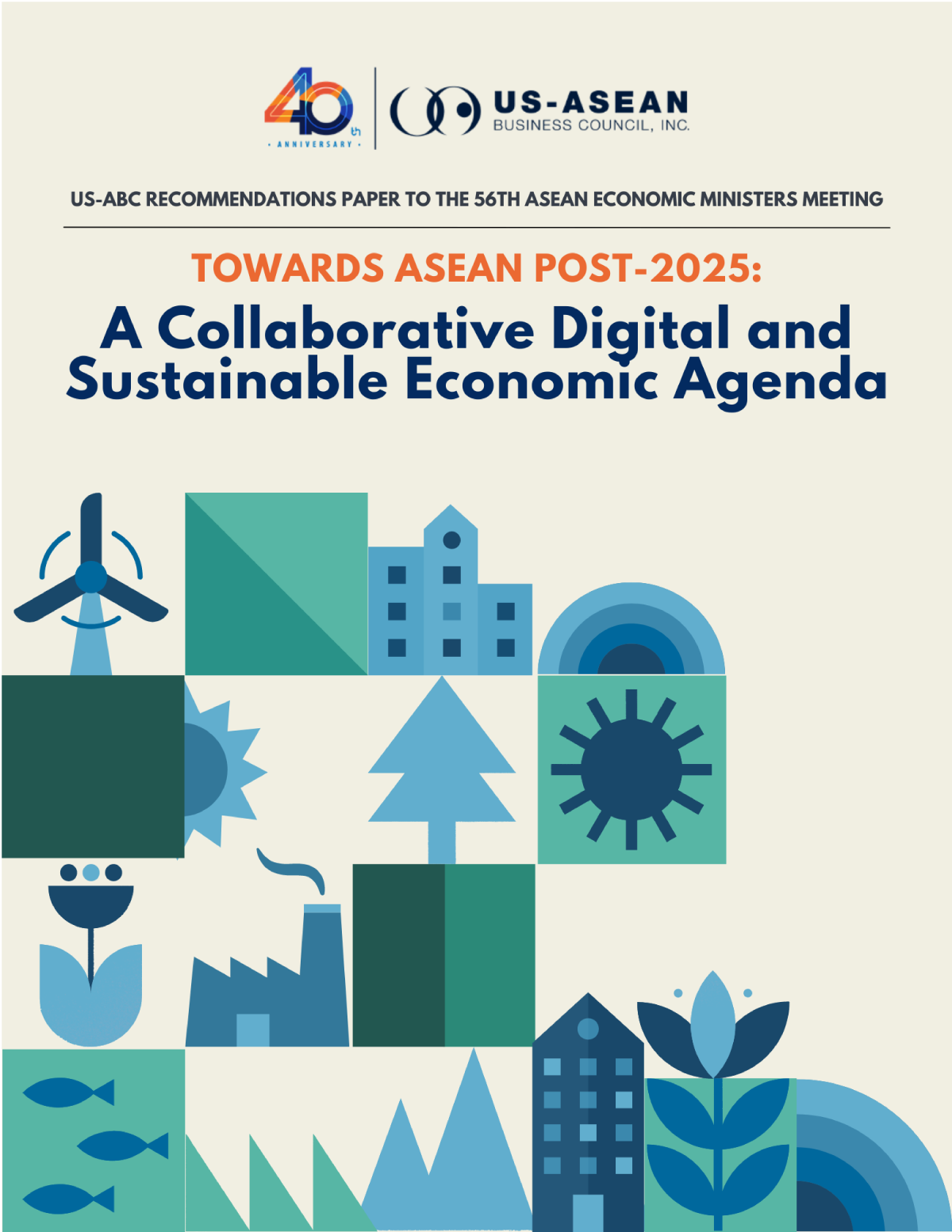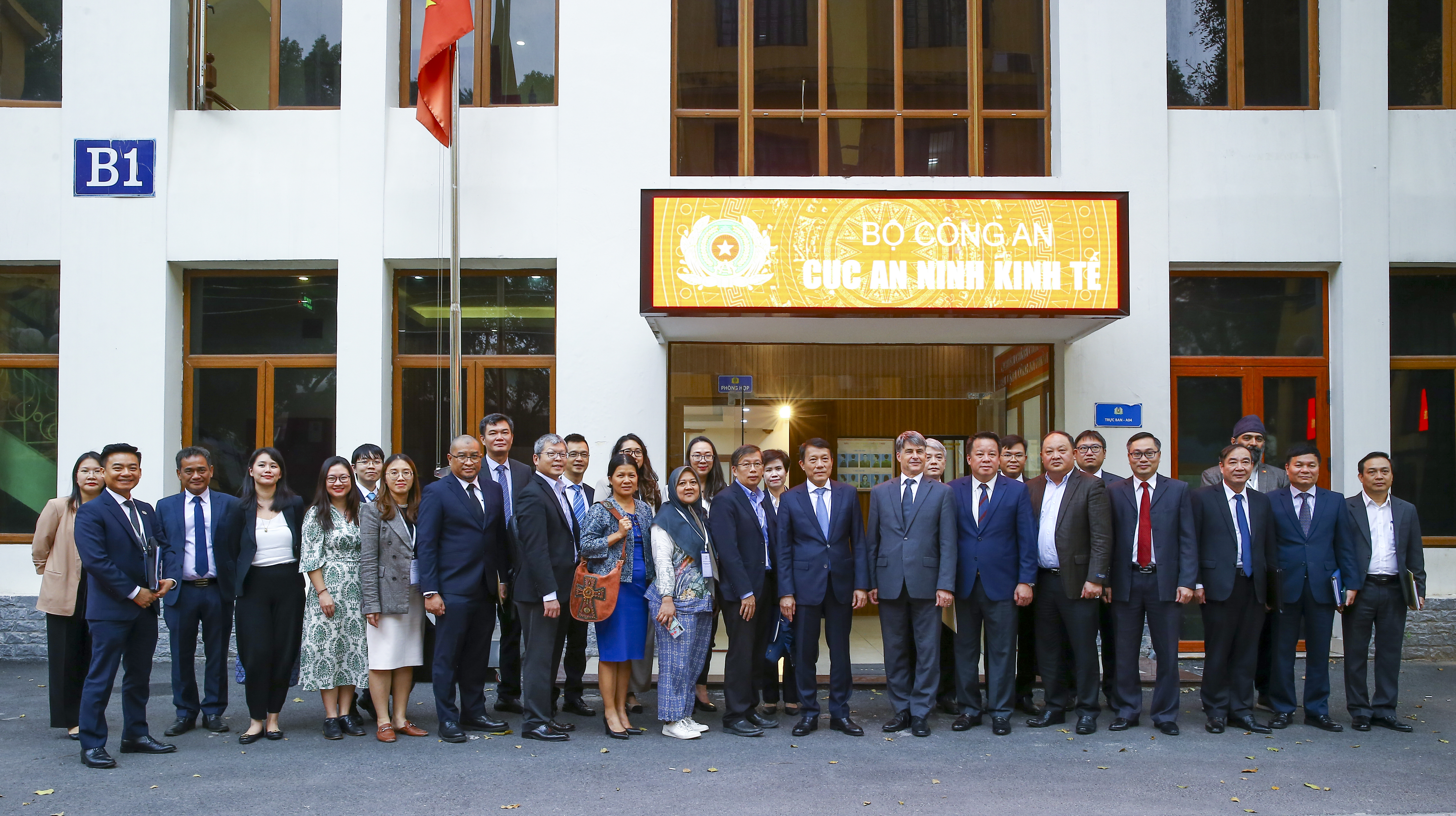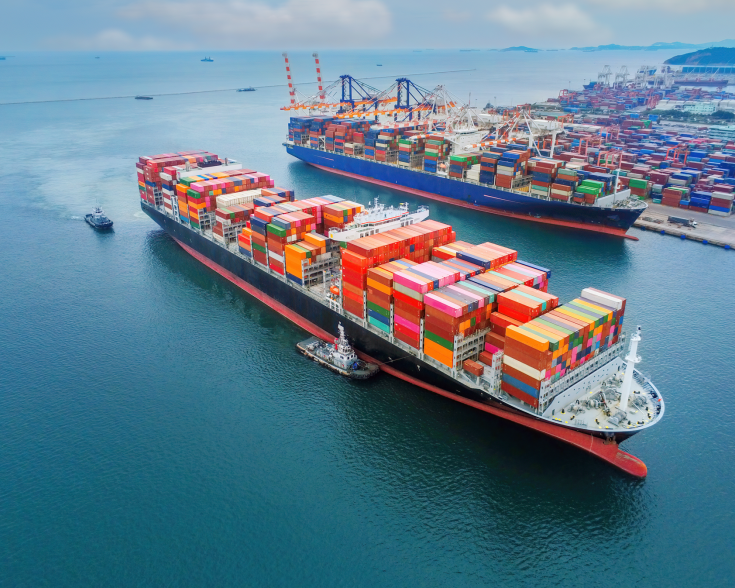Malaysia’s “Sustainable and Inclusive” Growth and Cross-Sector Collaboration
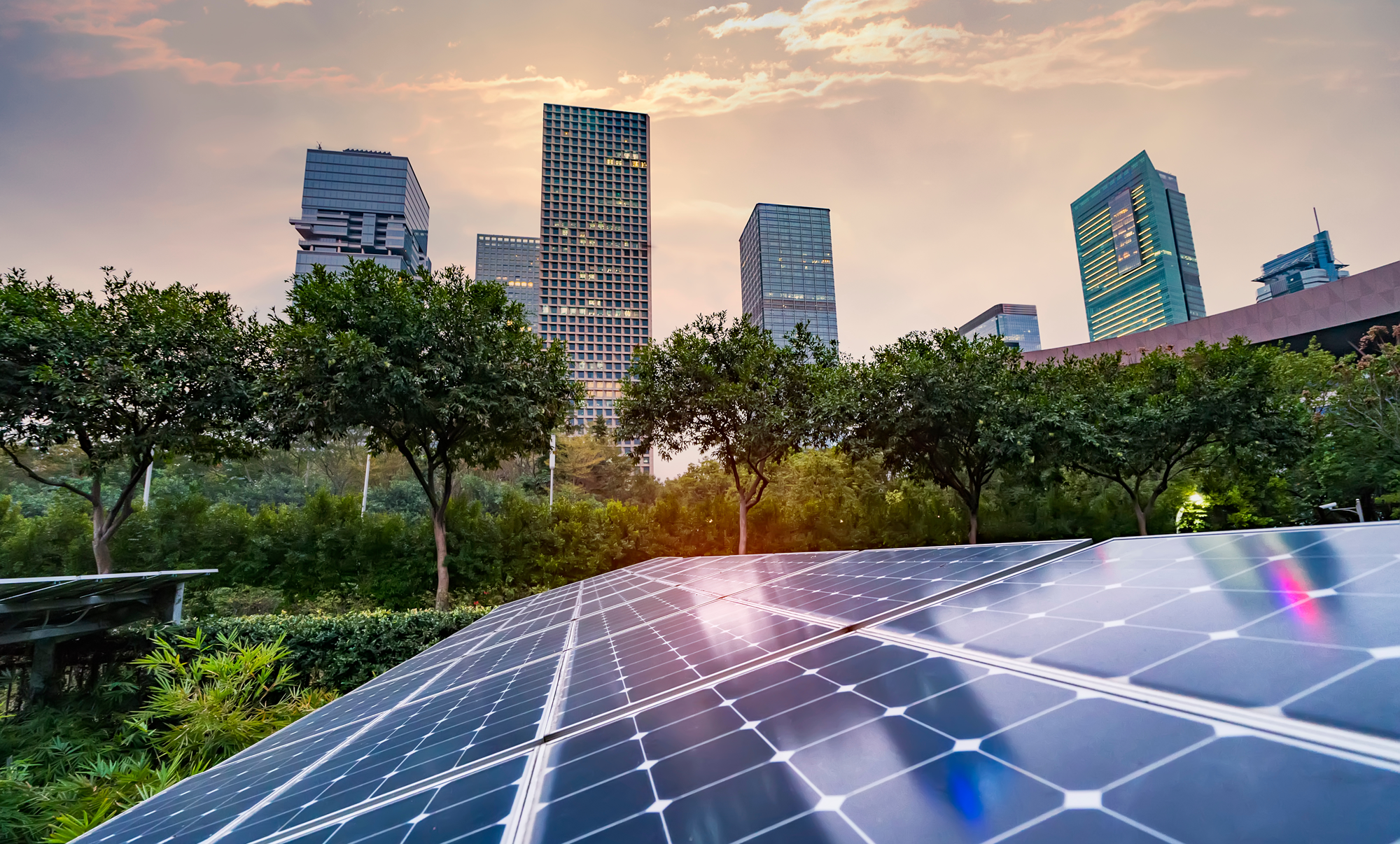
The continued growth of Malaysia’s data center industry continues to places pressure on the country's energy and water resources. As a result, the government is becoming more selective in approving data center projects, requiring companies to pay a premium for resource access. Data center operators are now permitted to purchase energy directly from green power producers, bypassing the national grid. This move encourages industrial use of clean energy, as the country aims to achieve 70% renewable energy capacity by 2050. Johor state alone is preparing to double its energy capacity to accommodate up to 90 data centers by 2027, provided that energy production scales up. Meanwhile, the Ministry of Natural Resources and Environmental Sustainability is revising water tariffs and reevaluating energy subsidies to ensure corporations pay market prices, promoting sustainable economic practices.
Relatedly, Malaysia and Singapore are enhancing bilateral cooperation in renewable energy and infrastructure. This includes Singapore importing electricity from Sarawak via undersea cables and expanding the Lao PDR-Thailand-Malaysia-Singapore Power Integration Project. These efforts complement other initiatives like the Johor-Singapore Special Economic Zone (JS-SEZ) which aims to foster greater investment as well as resource connectivity. As Malaysia, Singapore, and others balances economic growth with environmental stewardship, they set the pace for sustainable development in Southeast Asia. This is all while allowing U.S. investors and developers across energy-intensive industries the access and operational resources they require.




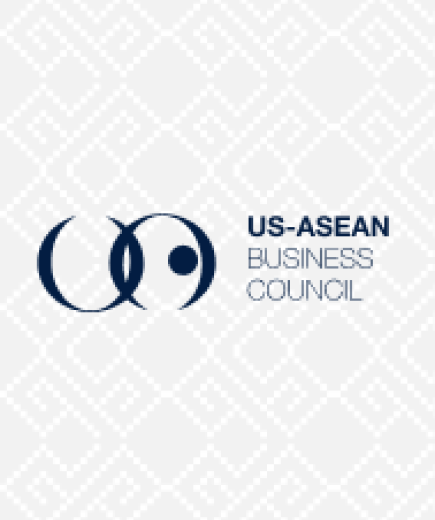
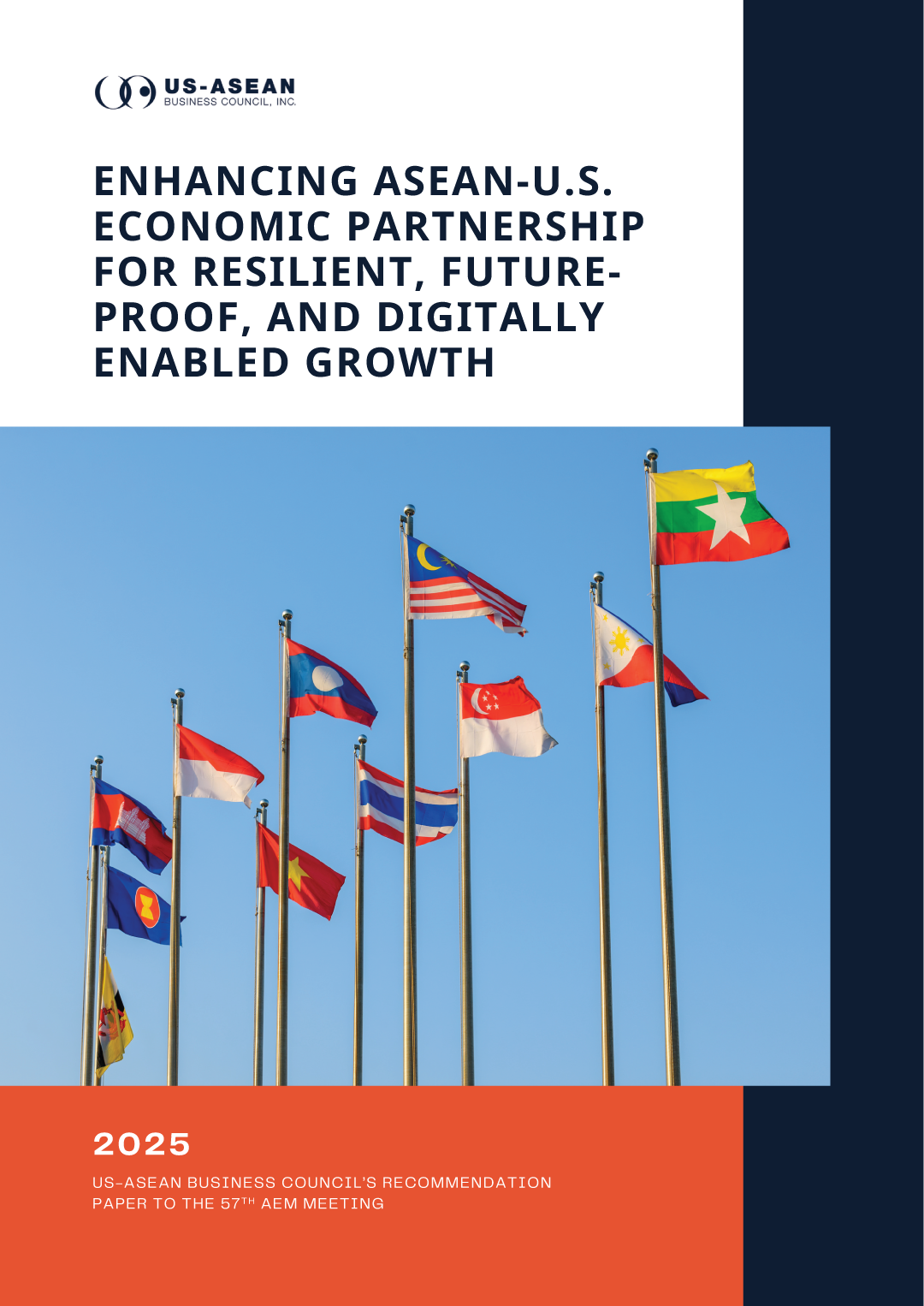
![Cover-[USABC-Final]-Driving-ASEAN-Unity-Malaysia's-Vision-for-2025](/sites/default/files/2025-07/Cover-%5BUSABC-Final%5D-Driving-ASEAN-Unity-Malaysia%27s-Vision-for-2025.jpg)
